Many, many years ago, my family decided to take a vacation over the Christmas holidays. This was the first time we had decided to spend Christmas not at home, and I was so excited! Even from a young age, I was giddy at the idea of experiencing different Christmas traditions around the world. Plus, as we were heading to Mexico, I was indeed looking forward to an escape from the cold Canadian weather!
Even though we went to a resort, I still managed to get a taste of Mexican Christmas traditions. I implored the family to take a few tours outside the resort to see how people were celebrating and fell in love with the brightly coloured decorations, festive parties and exuberant atmosphere that seemed to vibrate in the city.
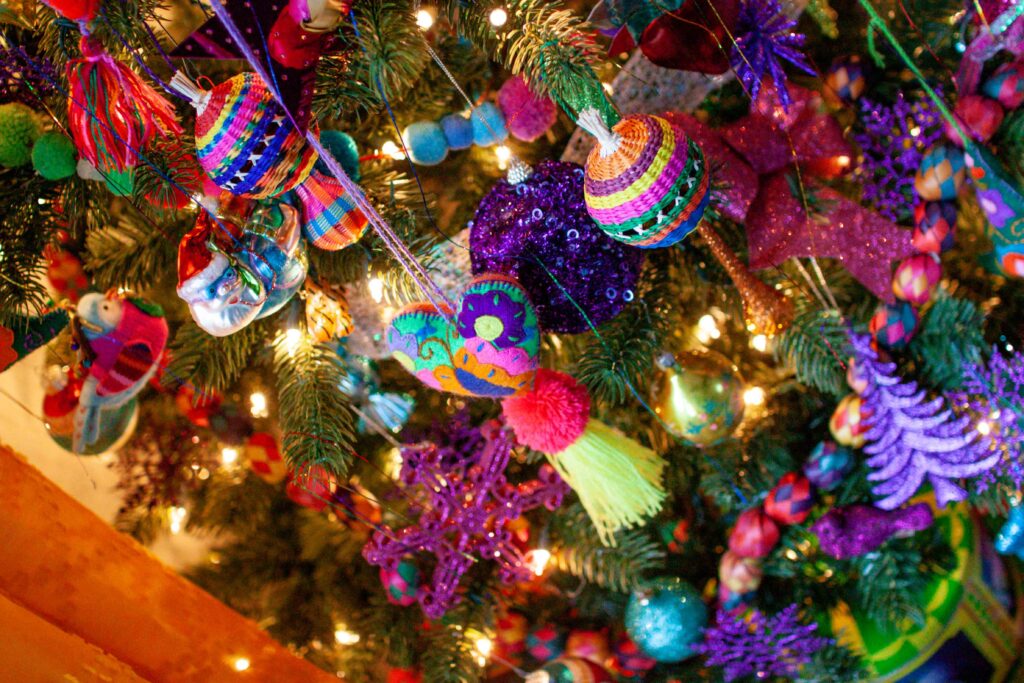
Christmas in Mexico City
Many years later, I would go back to Mexico, but this time skipped the boring resorts and headed right to the lively center of Mexico City. I was lucky enough to be there right before Christmas and was mesmerized by all the wondrous things I saw there. This year, being stuck at home, nothing made me happier than pulling out my bright and beautiful Christmas ornaments I had picked up in the marketplace to hang on my tree.
Continuing our series on Christmas Traditions around the world, I wanted to explore heritage, cultural cornerstones and (of course) the food that creates the incredible atmosphere at Christmastime in Mexico.

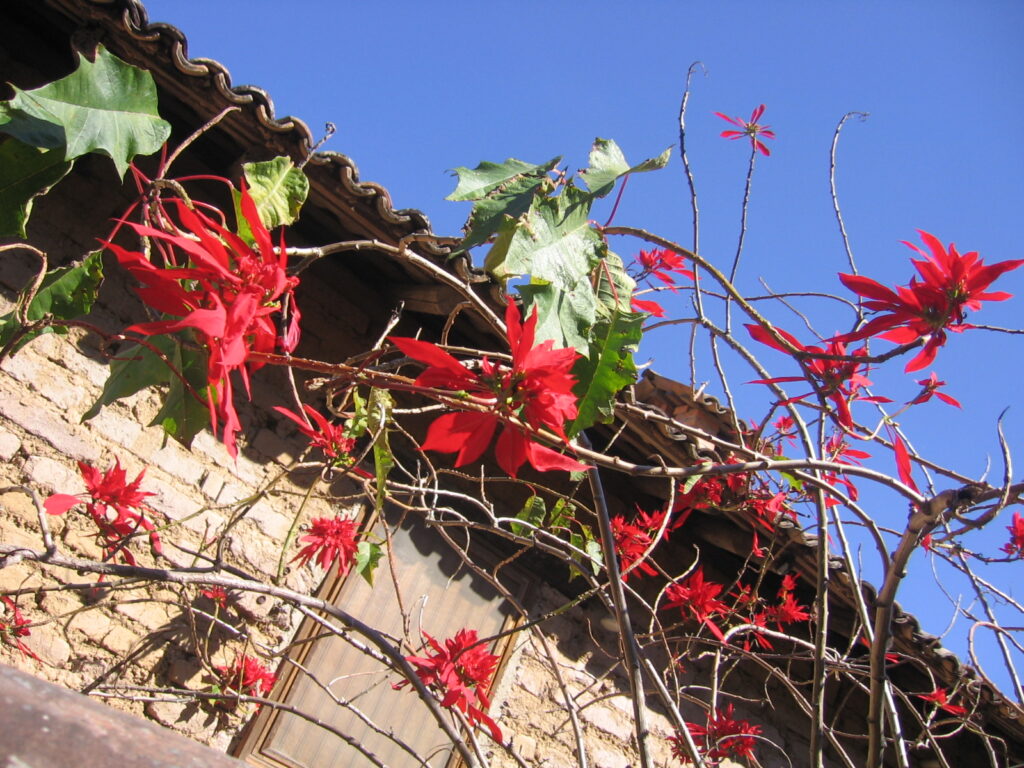
Farolito
Farolitos or luminaria are a decoration I have been making since I was a child. My grandparents lived in Arizona, where Mexican influences are everywhere you look during the holidays. Farolitos are paper lanterns that are used to line sidewalks and windows sills instead of wired Christmas lights. They are made from brown paper bags, and you cut different designs into the bag’s face. Then they are filled with sand, and a small candle placed inside to illuminate it. These days battery operated candles are placed inside for a more fire-safe version of the traditional decoration.
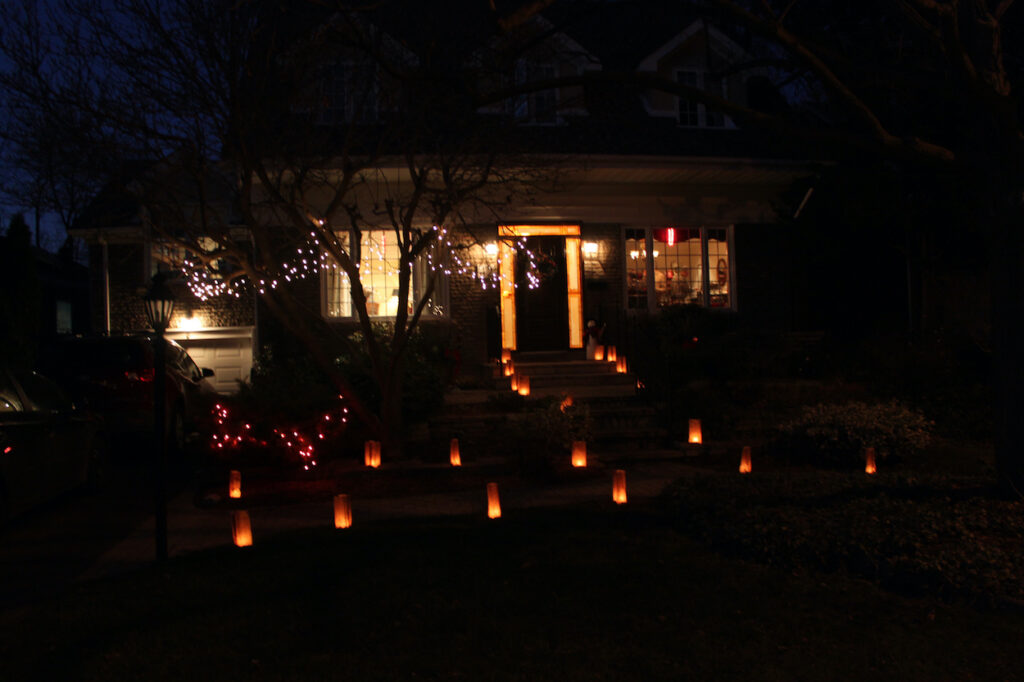
The tradition of having luminaries or lanterns used during the holidays comes from the bible. It was mythologized that these types of lanterns guided Mary and Joseph on their way to the inn in Bethlehem. Many of these lanterns are lit around important religious sites but have also become a part of the at home celebrations.
Nacimiento
Another piece of Mexican religious art that was always a part of our Christmas tradition was the ‘Nacimiento.’ My parents bought their set on a trip to Nogales before I was born. Every year, it was my favourite thing to take out of the Christmas storage boxes. ‘Nacimiento’ translates to ‘birth’ but for our purposes, it is the Nativity scene that most families put up during the holidays. The small, clay figures are beautifully painted and represent the Holy Family, shepherds, the Three Kings, and animals that make up the Nativity scene.
Many families will have their children go outside and collect moss, rocks and flowers to decorate the manger. When we visited Mexico City last year, we were sure to buy our very own Nacimiento set. Nothing made me happier than setting it up this year in our own home, carrying on the custom. Traditionally the figure of baby Jesus is not put out until Christmas eve when he was said to be born.
Colourful Decorations
Every time I visited one of the marketplaces in Mexico City, I would come home with bags and bags full of souvenirs. As someone who loves bright colours and beautiful textiles, these marketplaces are HEAVEN! And right before the holidays, they are busting with incredible Christmas decorations. These trinkets are completely unique. Like everything else in Mexico, their ornaments are bright and colourful. Using every shade in the rainbow. Far from the boring glossy glass ornaments we’re used to in North America, many of their decorations are made of cloth, tin, straw, clay or other folk art mediums.
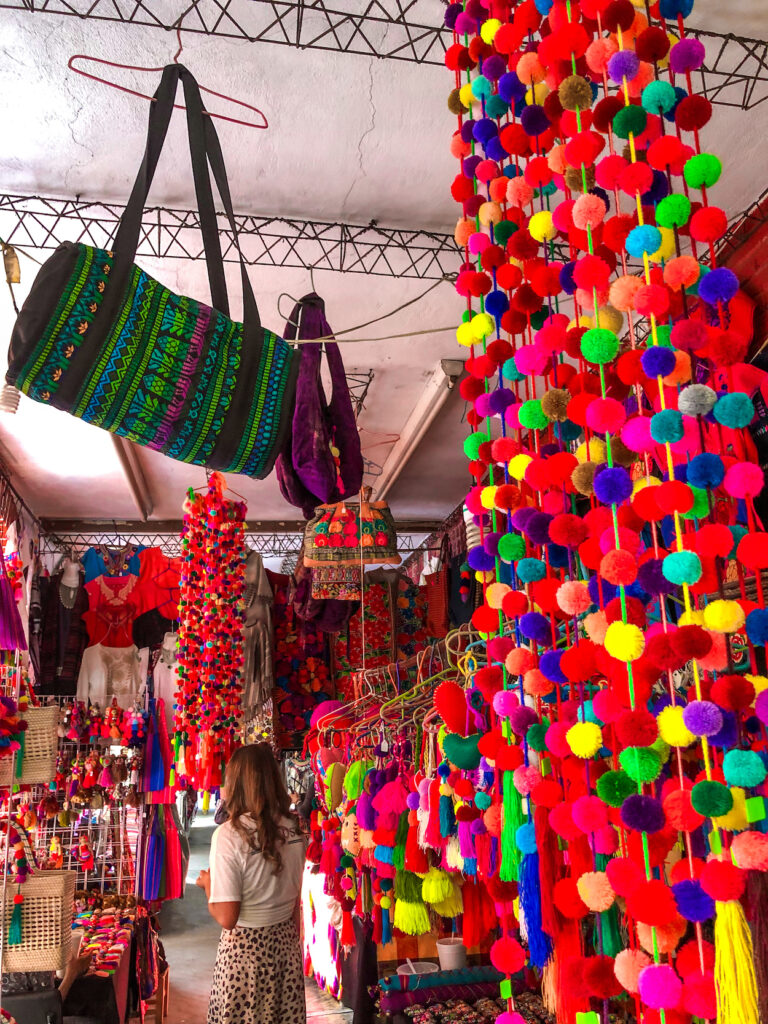
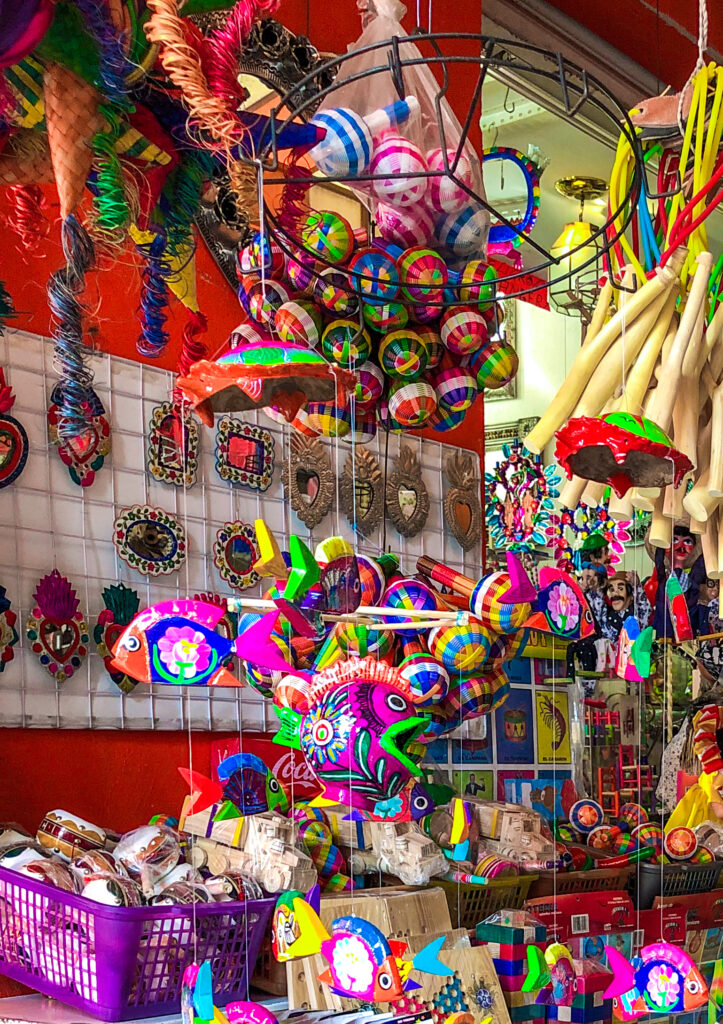
Felt Ornaments
One of my favourite things to adorn the tree with are the hand-embroidered felt decorations. So many of the ones I bought originally weren’t meant for Christmas at all but look as if they were always intended to be there. I went out and also grabbed some distinctly Christmas-themed ones which really made the entire tree come alive with holiday spirit!
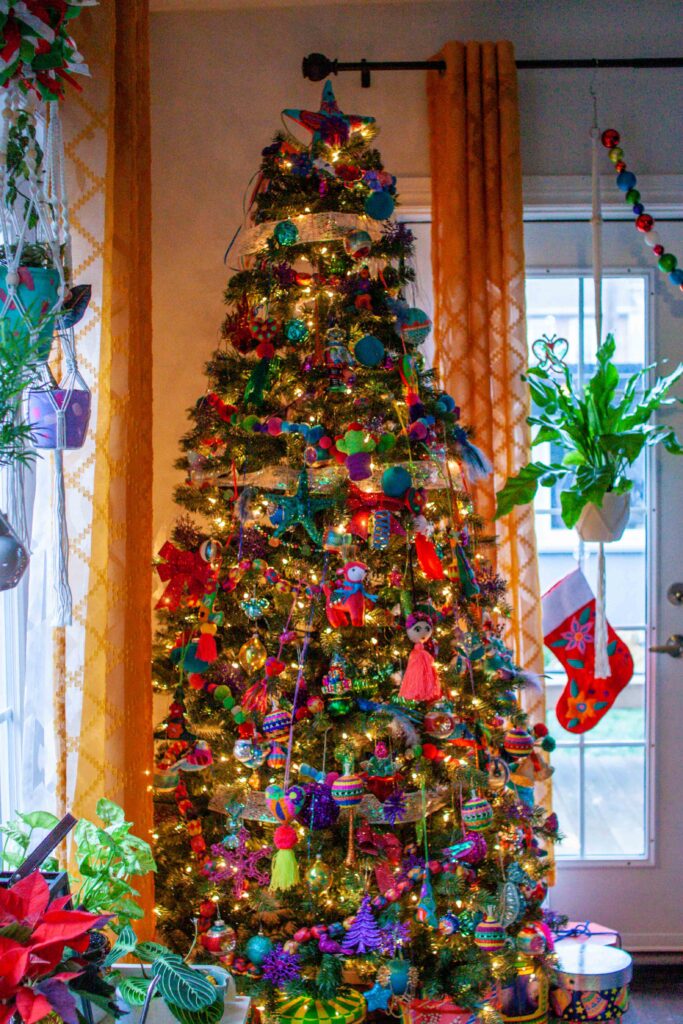
Other things that I used to decorate my tree were these palm ornaments. They come as both little ones tied together to make a garland or larger versions with these gorgeous frilly tails that are among the most charming additions. You might spot other items in the markets like these rattan rattles featuring a series of bells inside. These really stand out on your tree, and I love the little jingle jangle they make as you are decorating.
Angel Topper
To finish off the tree, I topped the enter thing off with one of the massive embroidered star instead of a typical angel. These ornaments mixed in so well with my other brightly coloured glass baubles, and it’s absolutely the kids’ favourite one in the house! Suppose you can’t make it out to an authentic Mexican marketplace this year. In that case, sellers on Etsy from Mexico can send you everything you need to make your own festive tree. Whether they are for yourself or for a gift, they really make the holidays cheery and bright.
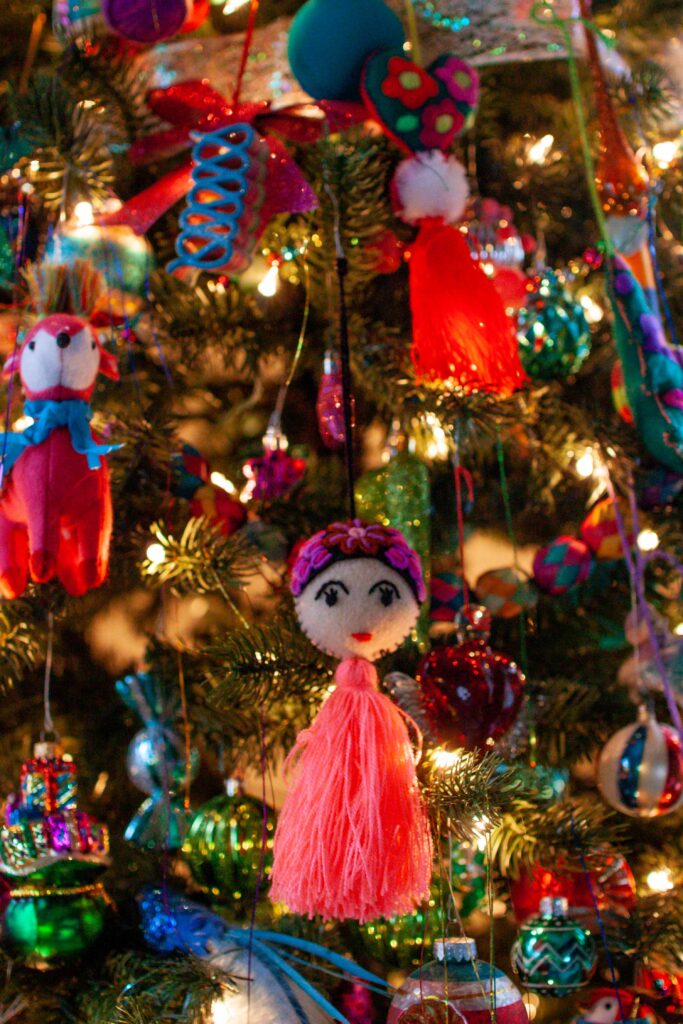
Piñatas
Many people might not know that star-shaped piñatas were initially used to teach children all about the seven deadly sins. These traditional piñatas weren’t made in the shape of famous cartoon characters or rainbows. No, the original design featured a round ball covered in seven points. Each one symbolizing one of the seven deadly sins; envy, sloth, gluttony, greed, lust, wrath, and pride. The stick used to break apart the piñata is faith. The candies that pour out are the rewards for beating down sin with your beliefs.
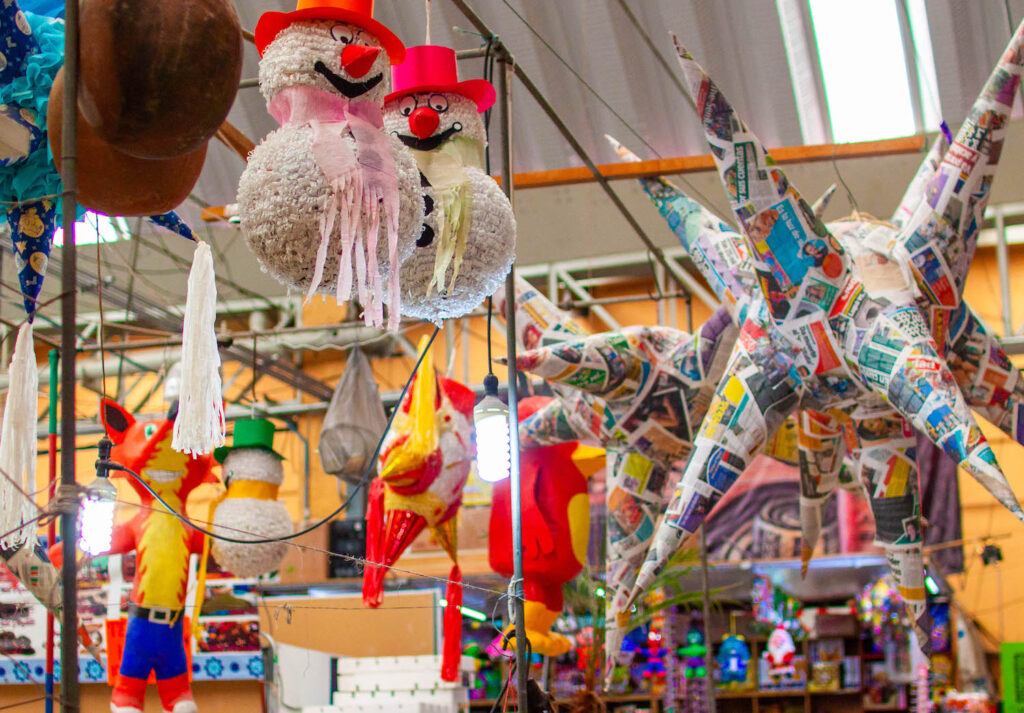
Las Posadas
In Mexico, there is a celebration called Las Posadas, which occurs from December 16th to 24th. Each night of the festivities, family members go to a different home to celebrate. The word ‘Posada‘ translates into ‘inn‘ as the procession from home to home represents Mary and Joseph’s pilgrimage to find the inn. The end of each night is capped off with the breaking of a piñata. Although this year going house to house might not be an option, creating your own holiday piñatas is a fun activity to do with your children.
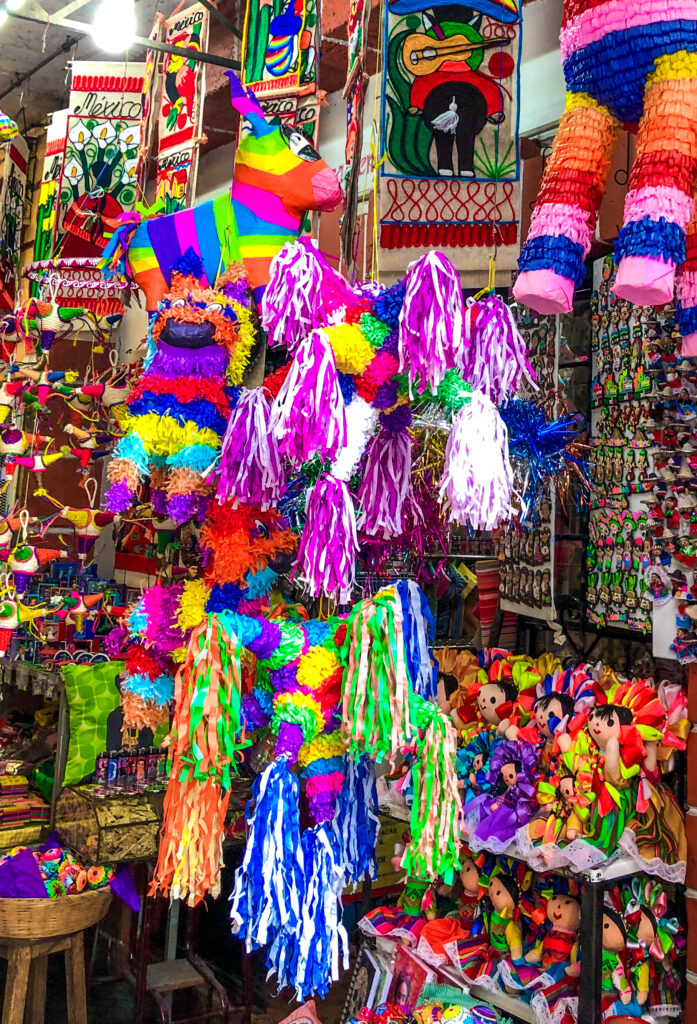
Make Your Own Piñata
To make a traditional seven-pointed pinata, blow up a round balloon and tape some pointy party hats onto the balloon. Then cover the entire thing in papier-mache. Once the papier mache is dry, pop to the ballon with a little needle. Cut a hole in the top where you can add the candies or small toys. Once filled, you can use a bit of tape to cover up the hole again. Then the rest is ready to be painted. To add a bit more Mexican festive flare, you can add cut up tissue paper to make tassels and tape to the ends of the points. Once it’s all finished, it’s time to let the kids loose on your beautiful creation! Or if you’re like me, you can just make them as decoration for the house during the holidays and leave out the destruction.
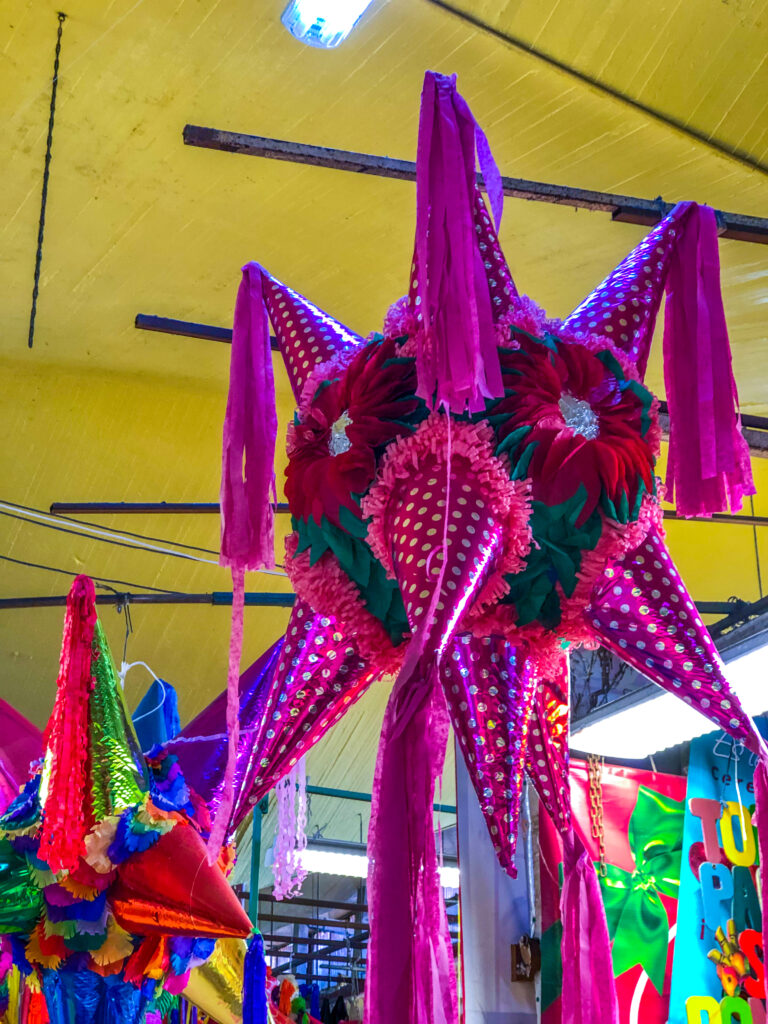
Poinsettias
You might already have one of these in your house right now but you might be surprised to learn that the Poinsettia flower is actually a native Mexican plant. These flowers grow everywhere in Central America. Walking the streets in Mexico City, we were surprised to see them growing in large planters almost everywhere we went. The Aztecs used these flowers to make dye for clothing and cosmetic. They even were known to use the white sap from the flower in medicine to treat fevers.

The name ‘Poinsettia’ comes from a man called Joel Roberts Poinsett. He was the US ambassador to Mexico in 1825. It was him who brought the plant to greenhouses in America. As a rare and resilient winter flower they became synonymous with Christmas. In Mexico, they are called ‘Noche Buena,‘ which translates into ‘Christmas Eve flower‘.
Origins of the Name
The names come from a beautiful Christmas story about a poor Mexican girl. On her way to Christmas Eve service, she was so upset because she had no present to give to the baby Jesus. In Mexico, its was tradition to leave a present on the altar for Jesus on Christmas eve. Her cousin told her not to be sad and that Jesus would be happy with whatever she brought, no matter how small. On her way to church, she stopped by the roadside, picked a few weeds and made a small bouquet.
When she got to the church, she laid the bouquet of weeds on the altar, and to her surprise, they bloomed into a bouquet of bright red flowers. The flower’s shape resembled a star. It looked like the Bethlehem star, which led the wise men to the baby Jesus. It was a miracle, and ever since, the flowers were called Noche Buena after the miracle on Christmas eve.

Mexican Hot Chocolate
Hot chocolate is a staple of the holidays worldwide, but we have Mexico to thank for its invention! The Mayans were known to drink a concoction made from chocolate as early as 500 BC! The drink was thought to have many healing and spiritual properties. It was very different from the kind of hot chocolate we drink today. Their chocolate was made cold with cornmeal and chilli peppers ground-up with the cocoa seeds. Chocolate was so important to the Mayan people that archeologists have even found evidence they were buried with their large drinking vessels filled with cocoa.

Hernan Cortez brought chocolate back with him to Europe in the 1500s where it was given to the court of King Charles V. From the courts of Europe, it was altered from a bitter, cold drink to a sweetened, hot beverage. The spicy chillies were also removed as they were too much for the bland royal pallette. But they don’t know what they are missing out on! This year, I implore you to give the spicy hot chocolate a try, made from a traditional Mexican recipe. It doesn’t need to be mouth numbingly hot, but just spicy enough to give it a kick. I think the spice really helps warm you up on a cold night!
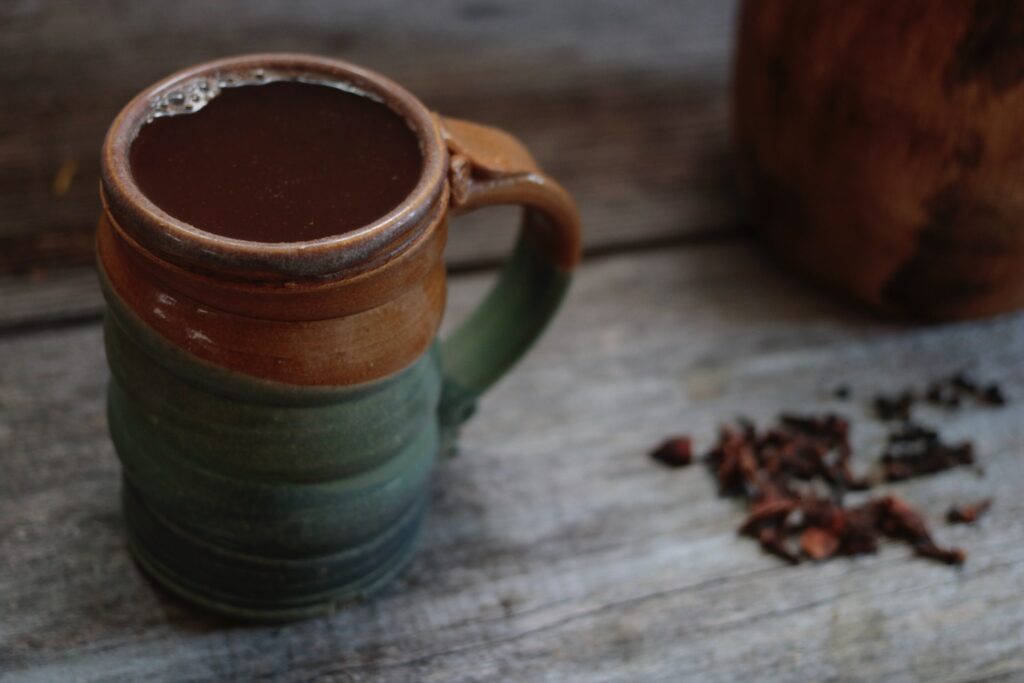
Recipe:
The best way to make traditional Mexican Hot chocolate is by using whole chocolate tablets. These are called tablillas and are usually filled with additives like cinnamon, chilis, and vanilla. But if you can’t find tablillas, you can always use high-quality cocoa powder and add those spices yourself. Once the chocolate is melted into the milk, you stir it up using a molinillo. The molinillo is the traditional method of frothing up the hot chocolate, but if you don’t have one, you can just use a wire whisk. The molinillo is rolled back and forth in your palms to create rigorous motions that froth up the milk and combine all the rest of the ingredients. Then you’ve left with a wonderfully froathy, warm and rich beverage! Perfection!!!
Noche Buena
The most important meal of the Christmas season occurs on Christmas Eve, and is known as ‘Noche Buena.’ Families all gather together to celebrate the holiday, bringing with them their favourite traditional dish.
Pozole
One of the most popular dishes served at this meal is pozole. Pozole is a thick soup made with pork and the all-important ingredient: Hominy. Hominy is made from dried corn kernels which are then treated with an alkali in a process called nixtamalization. Nixtamalization has been a process that the ancient Mesoamericans used for centuries. By soaking the dried grains in this lye solution, it breaks down the cell walls and makes the grain softer. Therefore it is easier to grind. This allows for the corn to be transformed for a myriad of different recipes and applications.
Once rinsed from the bitter-tasting lye, the Hominy can be added to recipes like pozole. Red pozole is served with sliced avocados and topped with cilantro. The contrast of the red and green colours is wonderfully festive! A great recipe to give a try this winter!
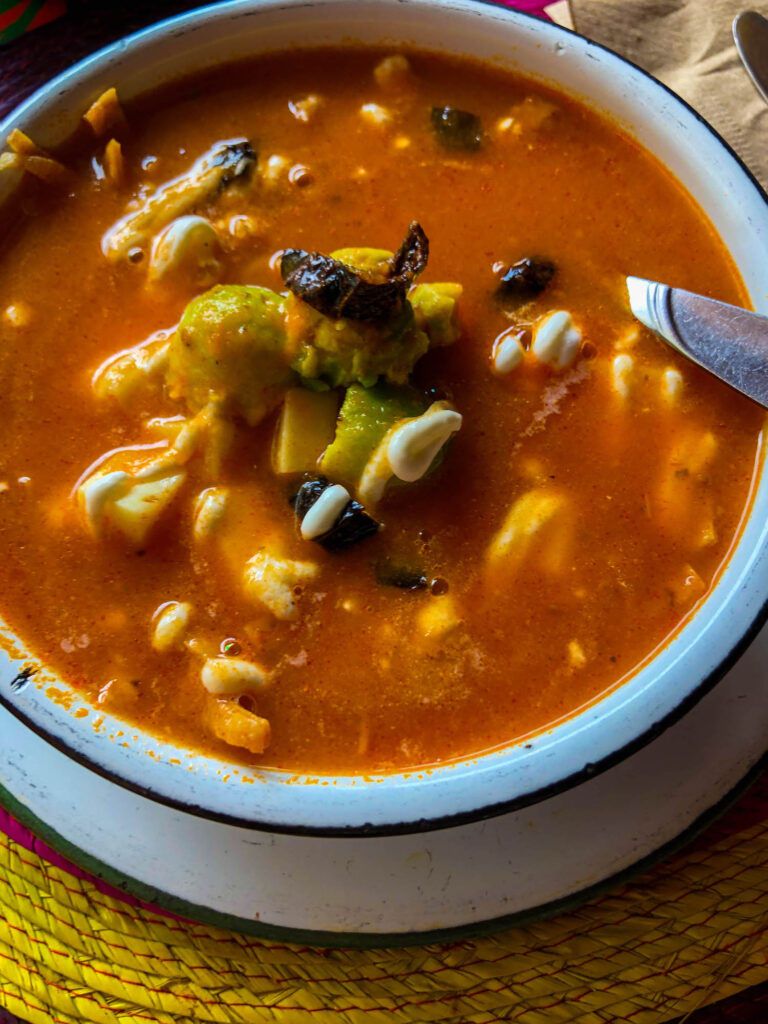
Ponche
One of the traditional beverages always had at Christmas time is Ponche. Ponche is a warm, Christmas punch made with fresh fruit. Much like our version of mulled wine, this drink is always simmering on the stove during large family gatherings. One of the more unusual ingredients used in ponche is the tejocotes. Tejocotes are a small yellow fruit that resembles a crabapple. Since they are rather bitter, sugar cane is always added to sweeten up the mix. Then, spices like cinnamon, star anise, tamarind pods or hibiscus flowers are added to give the ponche more flavour and depth. You can choose to add or not add alcohol depending on if you are planning on serving it to the kids or whether this is an adult only treat.
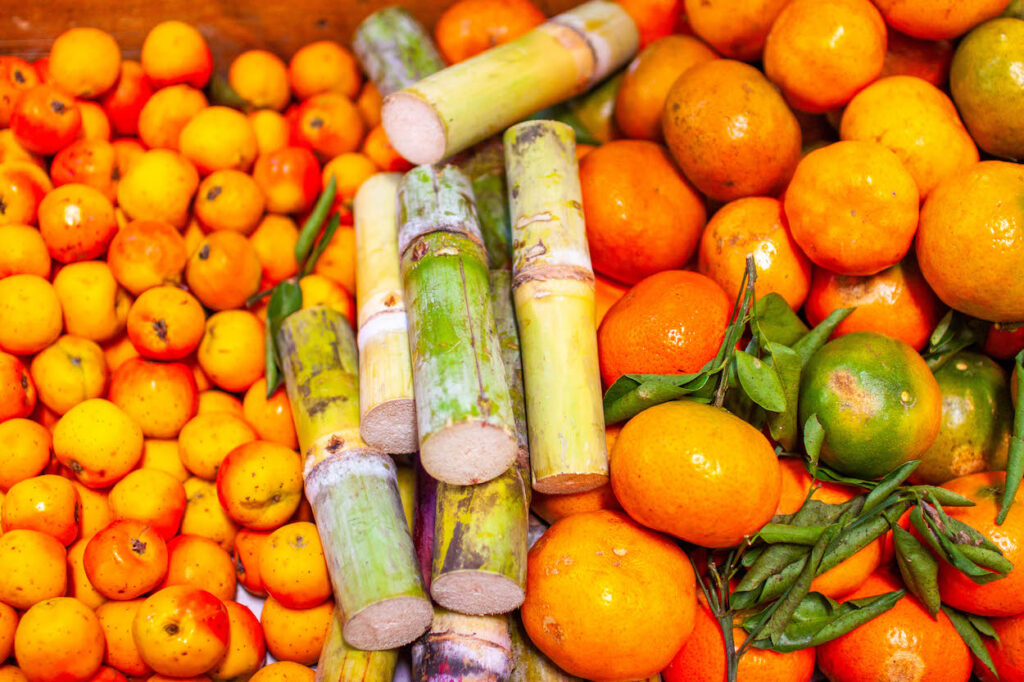
Rosca de Reyes
One of the most traditional desserts eaten at Christmas time is the Rosca de Reyes cake. Rosca de Reyes or the Three Kings Cake is an orange flavoured dessert eaten to celebrate the Kings who made the pilgrimage to see the baby Jesus. The top of the cake is decorated with brightly coloured dried fruits giving it this beautiful, almost bejewelled crown-like appearance.
Hidden inside the cake is a tiny plastic figure of the baby Jesus. It’s a tradition that whoever gets the toy in their slice is in charge of hosting and cooking the tamales on Candelaria Day. Most Mexican families are so busy this time of year, they will generally go out and buy their Rosca de Reyes cake instead of making it from scratch. But you can undoubtedly bake one for yourself if you don’t live near a Mexican bakery and want to give this unique dessert a try.
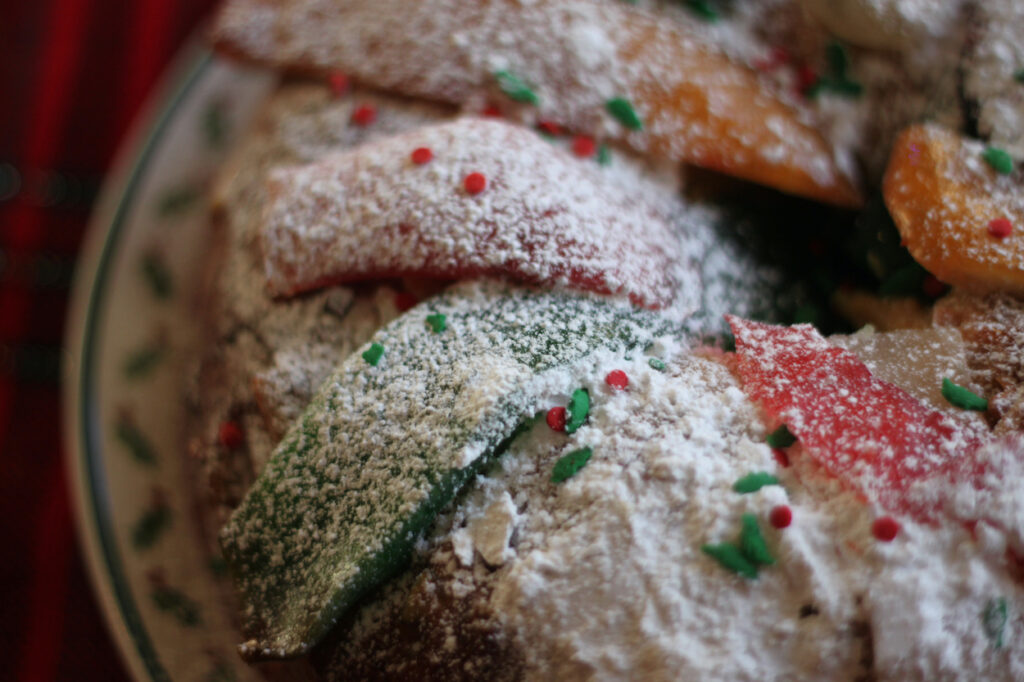
Hopefully, this gave you a little bit of insight into the beautiful traditions which make up the Christmas season in Mexico. There are so many aspects of the holiday which you can surely add into your own at home traditions or even discover which customs you might have long since been doing but never knew where they came from!
Happy Travels Adventurers!

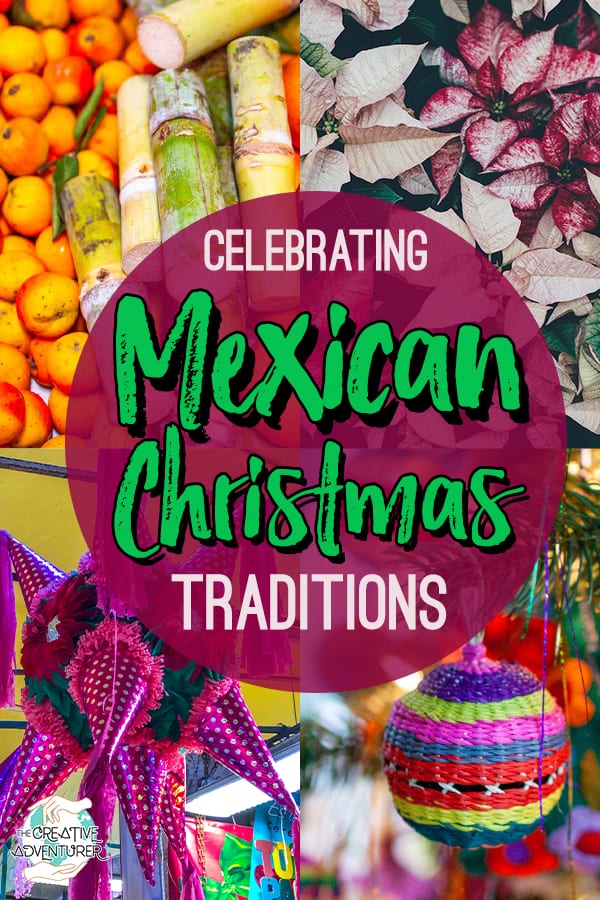
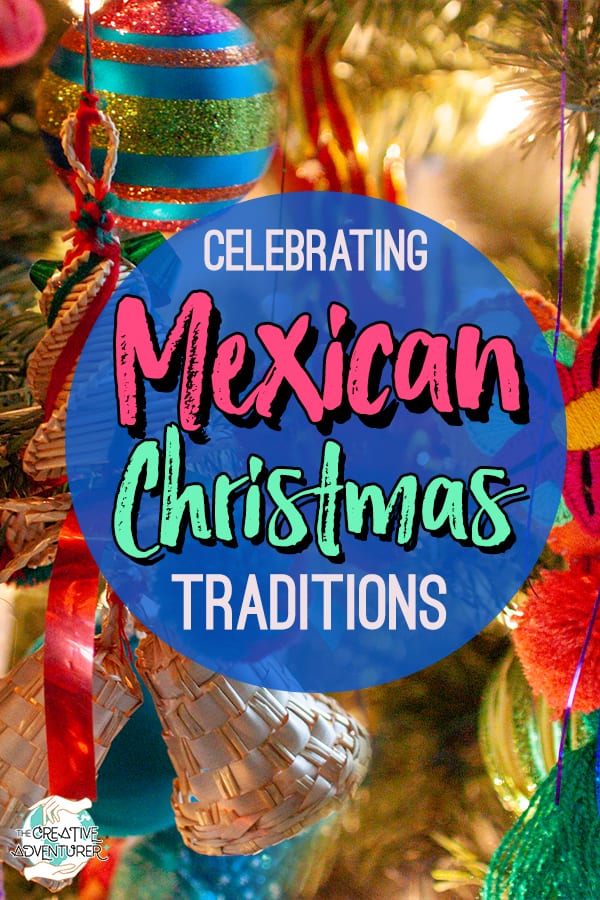


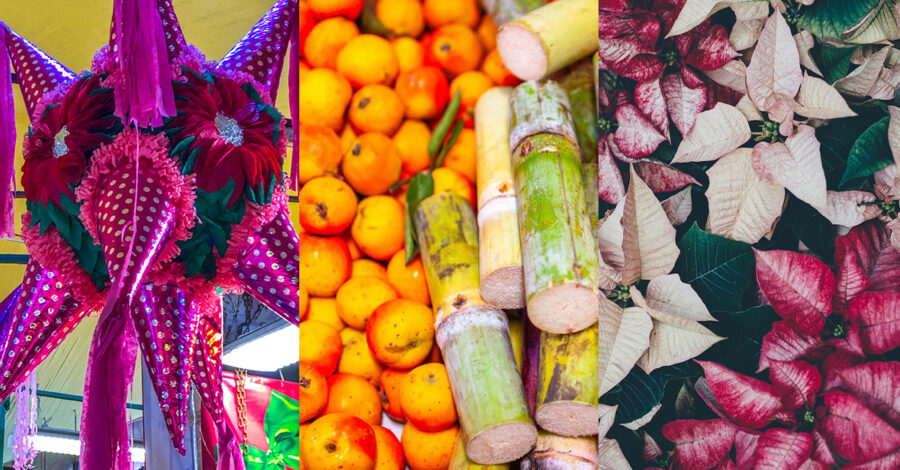

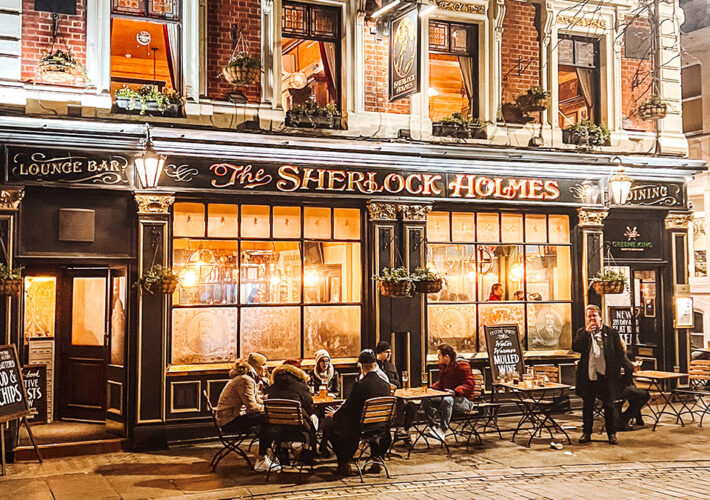
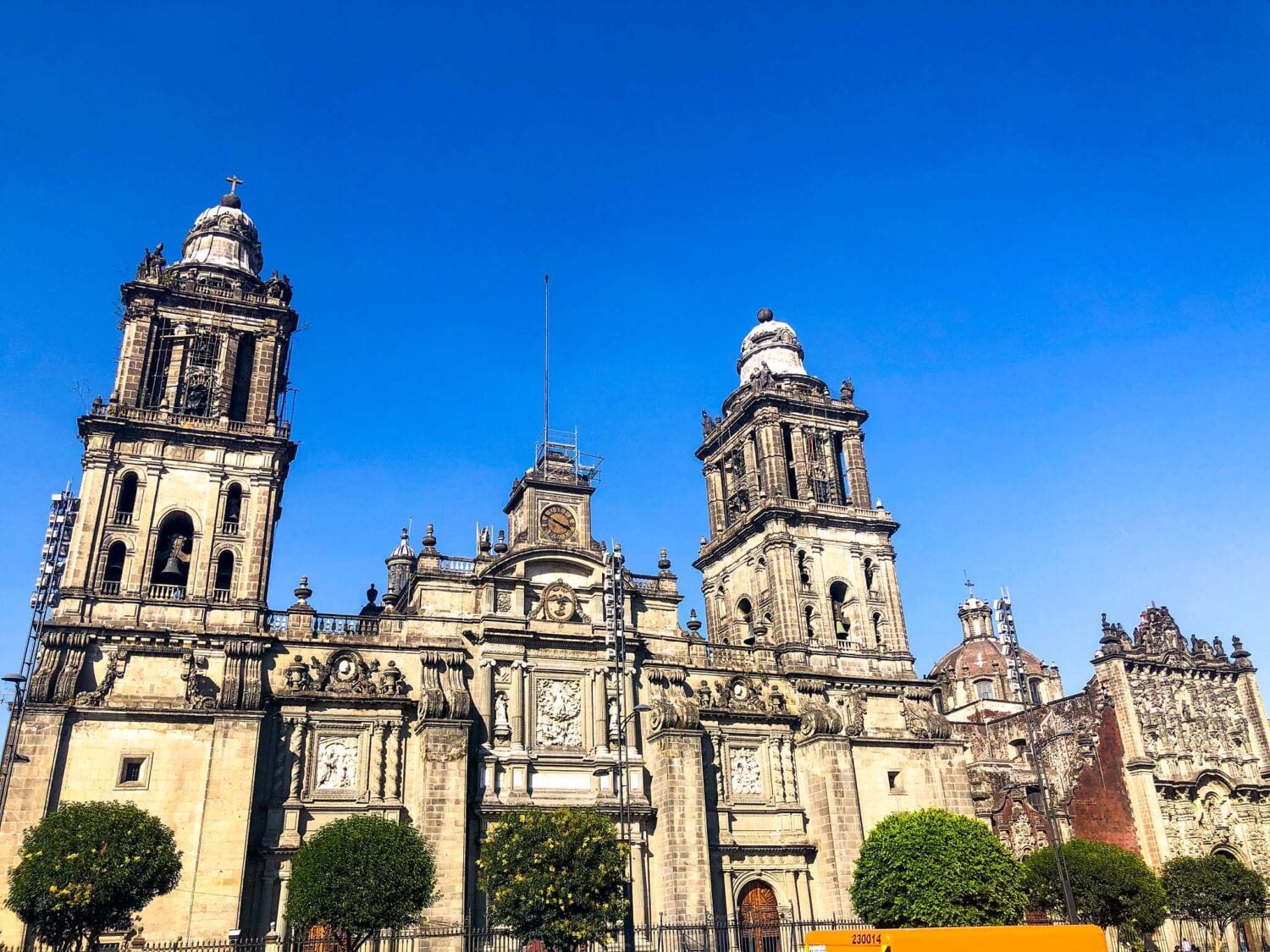

Leave a Comment